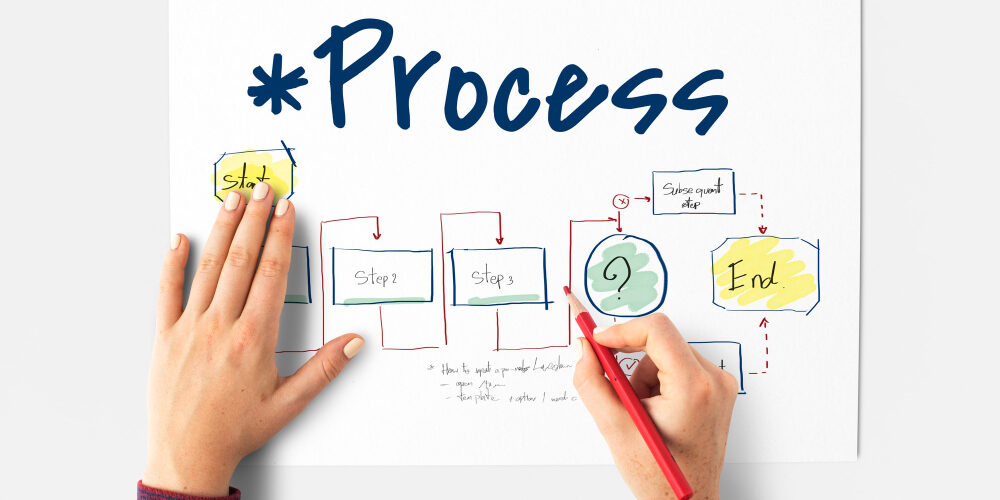Summary
Discover the 5 phases of software development: analysis, design, implementation, testing, and maintenance. A structured process for efficiency, quality, and innovation in every digital project.
Do you have an idea for an app or software but don’t know where to start? Many think it’s just about coding, but software development is a structured process. In this article we explore the 5 key phases of software development, which turn an idea into an effective digital solution.
 Software development phase 1: Analysis and planning
Software development phase 1: Analysis and planning
Gathering requirements, project goals, functionalities, user context, and timing. A clear roadmap guides the entire development process.
Learn more: Custom software development.
Software development phase 2: Design and prototyping (UI/UX)
Software must be functional but also user-friendly. Prototypes, wireframes, and mock-ups shape the user interface and experience.
Software development phase 3: Development and implementation
Ideas turn into code. Developers split tasks, apply Agile methodologies, and collaborate to build robust and scalable features.
 Software development phase 4: Testing and quality assurance
Software development phase 4: Testing and quality assurance
Before release, the software is thoroughly tested to detect bugs and ensure reliability, security, and stability.
Software development phase 5: Release and maintenance
The software goes live with training, support, and ongoing maintenance: updates, new features, and bug fixes.
Related: Artificial Intelligence in Italian SMEs.
From concept to success: The value of software development phases
 The software development phases are not just technical steps but strategic stages that can determine the success or failure of a digital project. Too often, development is reduced to mere coding, but the truth is much more complex: behind every line of code lies a process that involves analysis, planning, design, testing, and maintenance.
The software development phases are not just technical steps but strategic stages that can determine the success or failure of a digital project. Too often, development is reduced to mere coding, but the truth is much more complex: behind every line of code lies a process that involves analysis, planning, design, testing, and maintenance.
Each phase plays a unique role in achieving a successful outcome. Analysis and planning provide a solid foundation, as understanding the company’s needs and goals is essential to building software that is truly valuable. The design and prototyping phase translates requirements into real user experiences, where interface design and ease of use make the difference between adoption and rejection.
The core of the process is development and implementation, where the creativity and problem-solving skills of developers bring concepts and wireframes to life. Yet, without careful testing and quality assurance, even the most promising software could turn out to be unreliable or insecure. Finally, release and maintenance mark the beginning of the software’s life within the company, ensuring that it evolves over time through updates, bug fixes, and new features.
 Following a structured process does not mean rigidity but efficiency: it reduces risks, improves quality, and helps companies remain competitive in a constantly changing market. A software house that masters these phases does more than deliver a final product — it becomes a strategic partner that supports businesses throughout their digital transformation journey.
Following a structured process does not mean rigidity but efficiency: it reduces risks, improves quality, and helps companies remain competitive in a constantly changing market. A software house that masters these phases does more than deliver a final product — it becomes a strategic partner that supports businesses throughout their digital transformation journey.
Recognizing the value of the 5 phases of software development is the key to turning a simple idea into a successful project, one that creates lasting value and growth opportunities for the business.






